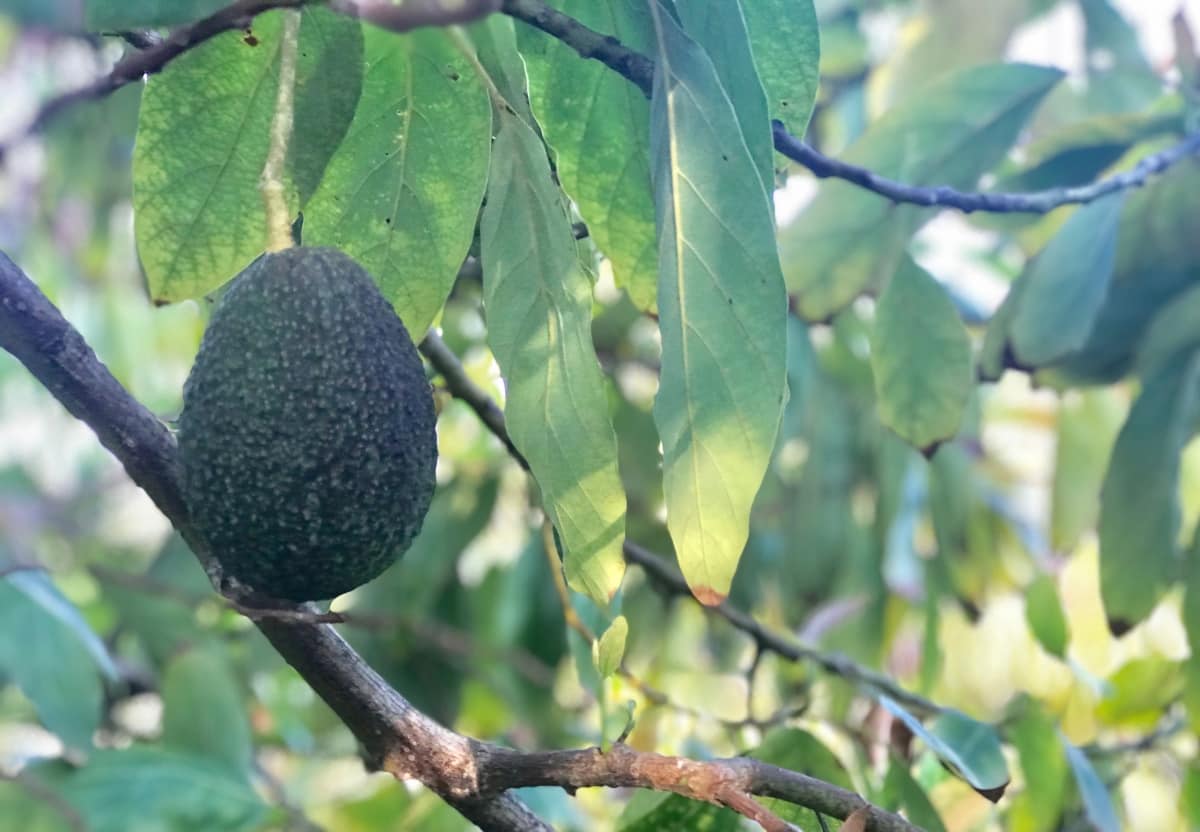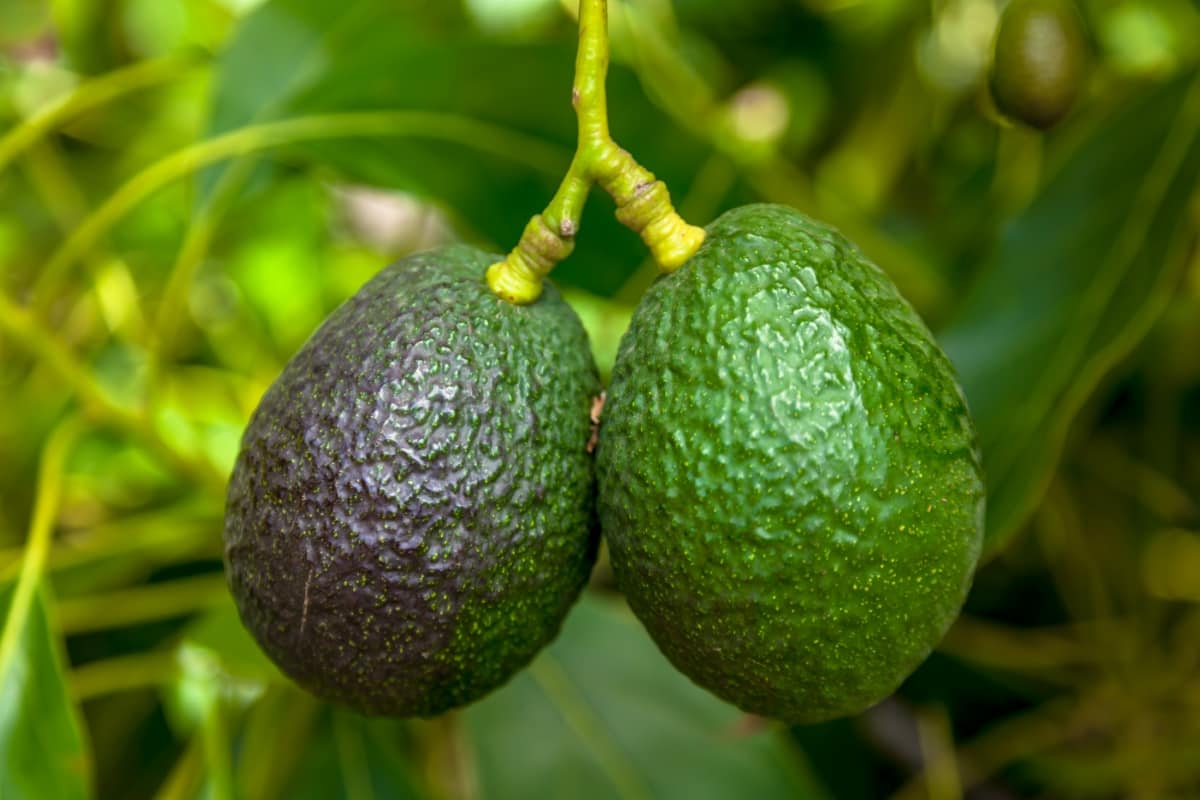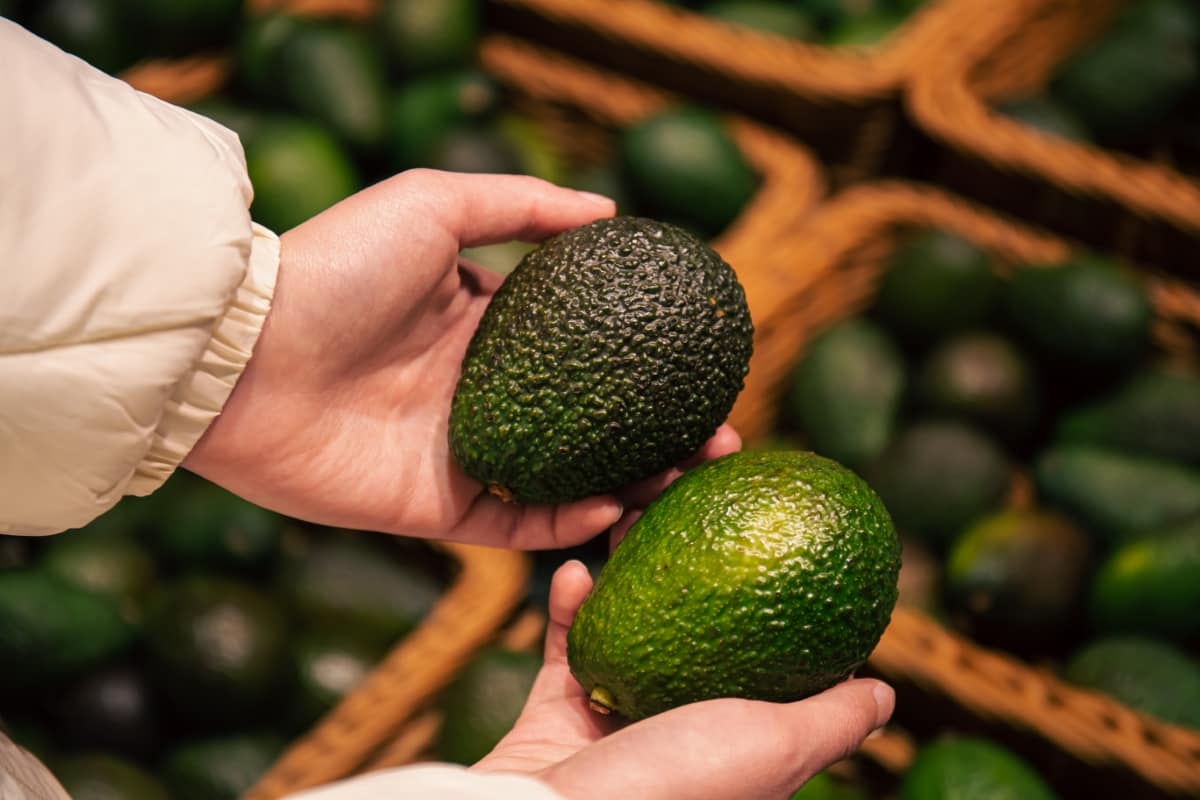The Kona Sharwil avocado is a prized variety known for its creamy texture and flavor, making it a favorite among avocado enthusiasts. Native to Hawaii, this variety thrives in tropical and subtropical climates, making it excellent for growers in regions with warm temperatures. In this avocado planting guide, we will delve into the key aspects of Kona Sharwil avocado growing, starting with selecting the perfect location for your avocado tree.

Growing Kona Sharwil Avocado
Basic Information About Kona Sharwil Avocado
| Kona Sharwil avocado tree height | 20-25 feet |
| Kona Sharwil avocado taste | rich and nutty, somewhat like Hass |
| Kona Sharwil avocado tree size | Medium to large |
| Kona Sharwil avocado cold tolerance | -4°C, Not cold hardy, sensitive |
| Hardiness zone | USDA Zones 4-9 Patios / 9-11 Outdoors |
| Kona Sharwil avocado season | Typically fall to winter |
| Kona Sharwil avocado price | $30 to $35 per plant |
Choosing the Right Location for Kona Sharwil Avocado Tree
Select a spot with a subtropical to tropical climate, ensuring temperatures consistently above 10°C and protection from frost. The chosen area should receive full sun exposure for most of the day, with well-draining sandy or loamy soil to prevent root rot. Additionally, provide wind protection by planting near a fence or natural windbreak. Provide ample space for the tree to reach its mature height and spread, considering its potential size.
Planting Kona Sharwil Avocado Seeds
Planting Kona Sharwil avocado seeds begins by selecting ripe fruit and removing the seed. Rinse the avocado seed under running water to remove any remaining pulp. Insert three toothpicks around the middle of the seed, suspending it halfway in a glass of water with the pointed end facing up.
Place the glass in a sunny location, changing the water every few days. After a few weeks, roots should sprout from the bottom, and a stem will emerge from the top. Once the roots are several inches long, transplant the seedlings into a pot with well-draining soil.
Watering Tips for Young Kona Sharwil Avocado Plants
Young avocado plants need regular watering to keep the soil consistently moist but not soggy. Typically, young avocado plants may need watering every 2-3 days, but this may vary based on factors such as temperature and humidity. When watering, aim to moisten the root zone of the avocado plant thoroughly. Provide enough water to saturate the soil to a depth of about 6-8 inches.
Best Fertilizers for Kona Sharwil Avocado Trees
The best fertilizers for Kona Sharwil avocado trees are those specifically formulated for avocado cultivation, providing vital nutrients for healthy growth and fruit production. For Kona Sharwil fertilizing, look for fertilizers labeled for avocado trees or those designed for fruit-bearing trees, such as 8-3-9 or 10-10-10.
In case you missed it: The Ultimate Guide to Growing Choquette Avocado in Home Gardens

Organic options like compost, well-rotted manure, or fish emulsion are also beneficial for avocado trees, providing a slow-release source of nutrients and improving soil structure. Apply fertilizers in spring and early summer, avoiding late summer or fall applications that can stimulate new growth susceptible to frost damage.
Pruning Techniques for Kona Sharwil Avocado Tree
Start by inspecting the tree for dead, damaged, or diseased branches. These need to be pruned back to healthy wood using sharp, clean pruning tools to prevent the spread of disease. After pruning avocado trees, apply a thin layer of pruning sealant or tree wound dressing to large cuts to protect against pests and diseases. However, small cuts generally do not require dressing and can heal naturally.
Kona Sharwil Avocado Pollination
Kona Sharwil avocado trees are classified as type A avocados. This means that they open as female flowers in the morning on the first day, and then they close. On the afternoon of the second day, they reopen as male flowers. To ensure successful pollination of Kona Sharwil avocado trees, it’s beneficial to plant another avocado tree nearby that flowers at the same time but has the opposite flowering pattern.
Identifying and Treating Common Pests in Kona Sharwil Avocado Trees
Common pests affecting avocado trees include avocado lace bug, avocado thrips, and avocado leafroller. Look for signs such as leaf discoloration, stippling, or curled leaves, as well as the presence of pests on leaves or fruit. Chemical pesticides approved for use on avocado trees can help control these pests. Insecticides containing active ingredients like pyrethroids, neonicotinoids, or spinosad are effective against avocado lace bugs and thrips. Bacillus thuringiensis (Bt) formulations are suitable for managing avocado leafroller infestations.
Sunlight Needs for Kona Sharwil Avocados
These trees thrive in full sun exposure, requiring a minimum of 6 hours of sunlight per day. When planting Kona Sharwil avocado trees, choose a location in the garden or orchard that receives ample sunlight throughout the day. Avoid areas shaded by buildings, tall trees, or other structures, as insufficient sunlight can inhibit growth and reduce fruit yield. Ensure proper spacing between trees to prevent shading as they mature.
Winter Care for Kona Sharwil Avocado Trees
Avocado trees are sensitive to frost, so it’s crucial to provide adequate protection during cold spells. Cover young or vulnerable trees with frost cloth or blankets when temperatures are expected to drop below freezing. Consider using frost-protection methods such as installing frost-sensitive lights or creating windbreaks to mitigate cold damage.
While avocado trees require less water during winter, it’s essential to ensure they remain adequately hydrated. Avoid heavy pruning during winter, as it can stimulate new growth vulnerable to frost damage. Instead, perform any necessary maintenance pruning before or after the coldest months.
When and How to Pick Kona Sharwil Avocados
Color and Texture: When ripe, Kona Sharwil avocados develop a dark green to black color, and the skin yields slightly to gentle pressure.
Stem Test: To check if an avocado is ready for harvest, gently tug on it while supporting the fruit with your other hand. If the avocado separates easily from the stem with a slight twist, it’s likely mature and ready to pick.
In case you missed it: The Ultimate Guide to Growing Fuerte Avocado

Harvesting Technique: Use pruning shears or a pole picker with a clipper attachment to harvest Kona Sharwil avocados. Cut the stem about an inch above the fruit, taking care not to bruise or puncture the avocado. Handle the fruit gently to avoid causing damage that could lead to spoilage.
Post-Harvest Care for Kona Sharwil Avocado Trees
Post-harvest care for Kona Sharwil avocado trees is essential to maintain tree health and promote future fruit production. After harvesting avocados, it’s crucial to prune the tree lightly to remove any dead, damaged, or overcrowded branches. This helps stimulate new growth and ensures proper air circulation within the canopy. Additionally, continue to provide regular irrigation to the avocado tree, especially during dry periods, to support root health and growth.
Apply water deeply but infrequently, allowing the soil to dry out slightly between two successive waterings to prevent waterlogged conditions. Regularly inspect for signs of pests or diseases and take control action if necessary, like applying organic or chemical treatments as recommended by a professional. Finally, fertilize the tree with a balanced fertilizer to replenish nutrients and support healthy growth.
In case you missed it: The Ultimate Guide to Growing Maluma Avocado in Home Gardens

Conclusion
In conclusion, growing avocados at home can be a rewarding experience when approached with care and attention to detail. With the knowledge gained from this guide, embark on your journey to grow and enjoy these prized avocados successfully.
Note: The images presented in this post are intended solely for representation purposes. The images are meant to serve as visual aids and should not be relied upon as accurate representations of their real-life counterparts.
- Ultimate Guide to Ossabaw Island Hog: Breeding, Raising, Diet, and Care
- Ultimate Guide to Juliana Pig: Raising Facts, Size, Diet, Care, and Lifespan
- Raising Lleyn Sheep: Disadvantages, Price, Uses, Characteristics, and Care
- Ultimate Guide to Meishan Pig: Breed Facts, Breeding, Raising, and Care
- Ultimate Guide to Teacup Pigs: Raising, Diet, Lifespan, Cost, and Care
- Guide to Raising Poll Dorset Sheep: Facts, Profile, Characteristics, Uses, and Care
- Ultimate Guide to Bighorn Sheep: Characteristics, Diet, Lifespan, Breeding, and Lifecycle
- Ultimate Guide to Raising Katahdin Sheep: Farming Facts, Breed Profile, Uses, and Care
- Ultimate Guide to Raising Oreo Cows: Belted Galloways Farming Facts, Profile, Uses, and Care